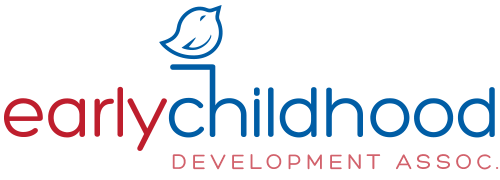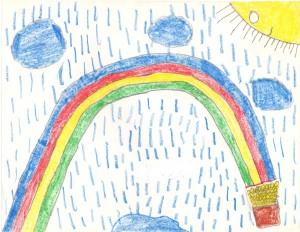7 ways that Art Therapy Can Help Families
Art therapy can also be incredibly beneficial to families, allowing them to work on creative projects together, both as a way of bonding and by allowing the therapist to watch dynamics play out. During this process, the therapist can play an active part in recognizing and challenging disadvantageous dynamics, helping each family member to see their own contributions. This can be challenging, but also very effective in the creating needed change.
Art therapy can help families to:
- Create new, positive ways of interacting
- Learn parenting skills
- Use metaphors and symbolism to understand hidden dynamics and feeling
- Build a deeper understanding of individual family member’s needs
- Increase thoughtful, effective communication
- Provide firm, healthy boundaries
- Practice effective reinforcement of behaviors
What Does a Family Session Look Like?
Like with individual therapy, this depends on the family, the ages of the children, and the therapist. Often, the therapist will take a less active part for the first couple of sessions, allowing the family to become comfortable and for hidden dynamics to become apparent.
The therapist will provide family directives and will watch for things such as: Who leads the projects? Who sits out? Do family members interact or quietly work alone? In the first couple of sessions, the family will also work together to create goals and intentions for therapy, giving family members and the therapist a direction for movement.
Upon completing a directive, the therapist will discuss the dynamics and the symbols apparent in the art, helping the parents to lead the conversation in a constructive way. As therapy progresses, the therapist will support the parent figures in taking more and more control of the activities, helping to solidify comfort in practicing effective team parenting, as well as enforcing difficult boundaries and guidelines, and helping the children to more effectively communicate their own needs.
Remember!
Art therapy is not about being an artist. It is important for clients to want to participate in the art, but defining yourself as skilled or creative is not a requirement. The important part is allowing the process to access deep emotions and hidden dynamics, a rewarding challenge regardless of skill level.
By Jillien Kahn, MA, Art Therapist, MFT Intern
If you are interested in Art Therapy for your child,
please contact us at 323-655-5580 or info@ecdevelopment.org



Recent Comments